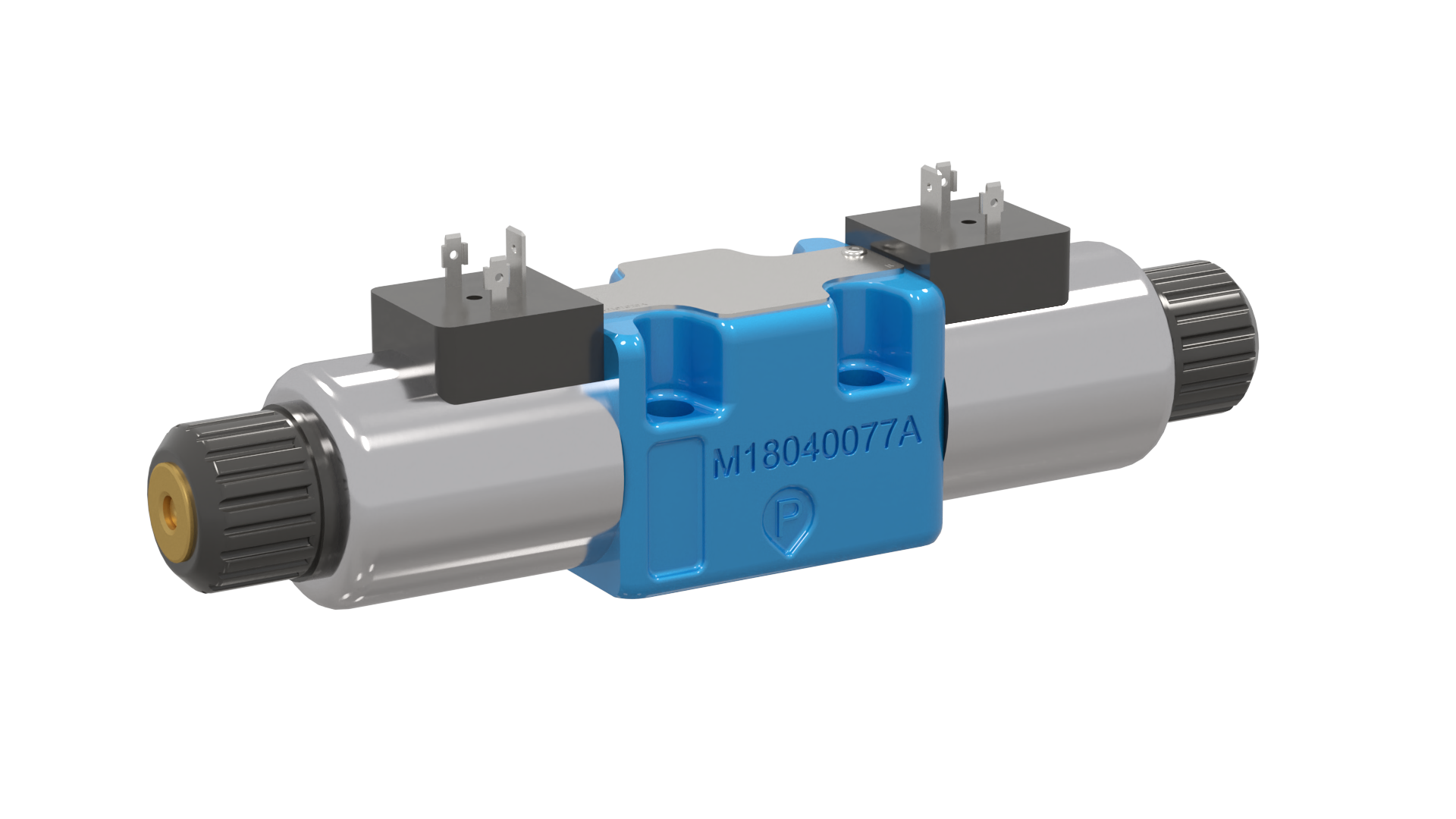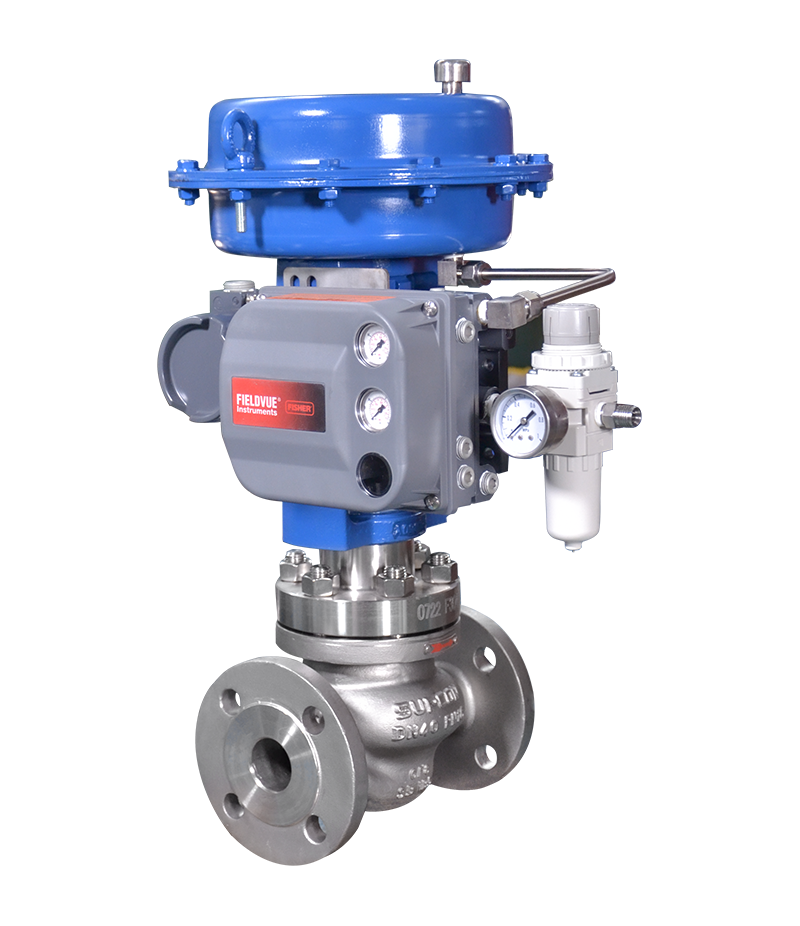Comprehending the Value of Control Valves in Process Automation
Comprehending the Value of Control Valves in Process Automation
Blog Article

Maximize Energy Cost Savings and Comfort With Advanced Structure Automation Controls
In the world of modern-day design and facility management, the integration of advanced structure automation manages stands as a critical innovation. The convergence of technology and sustainability has birthed a brand-new period where energy efficiency, convenience optimization, and operational streamlining are no more far-off goals yet possible realities. By taking advantage of the power of automation, buildings can adjust, respond, and advance in means that were when unthinkable. The possibility for significant power cost savings and improved comfort is not simply a possibility but a promise waiting to be satisfied. This paradigm change in building monitoring holds the essential to opening a globe where environmental conscientiousness and occupant wellness sympathetically exist together within the walls of our frameworks.
Energy Effectiveness Benefits
Energy efficiency advantages can significantly decrease energy intake and functional expenses in buildings. Energy-efficient systems, such as innovative building automation controls, can enhance the usage of sources like air conditioning, home heating, and lighting, leading to lower energy expenses over time.
Moreover, boosted energy performance can lengthen the life expectancy of building tools and systems. By running much more successfully, HVAC systems, light, and other structure elements experience much less deterioration, leading to lowered maintenance and substitute costs. In addition, energy-efficient structures typically regulate higher property worths and rental rates, giving long-term economic benefits to proprietors.
Furthermore, energy performance can enhance owner comfort and efficiency. Effectively managed indoor settings with optimal illumination and thermal problems produce a more pleasurable and helpful work area, leading to boosted worker complete satisfaction and performance. Overall, the energy performance benefits connected with advanced structure automation controls are multifaceted, encompassing expense financial savings, ecological stewardship, and occupant wellness.
Improved Convenience Control
Enhancing comfort control in building settings requires a sophisticated combination of innovative automation systems for optimal passenger health. By making use of innovative building automation controls, centers can customize the interior setting to fulfill the specific requirements and choices of occupants. These systems enable accurate policy of lights, air flow, and temperature level, developing a comfy and efficient environment. Owner fulfillment and efficiency are very closely connected to thermal comfort, making it necessary to have systems in position that can adapt to changing problems in real-time.
By incorporating these sophisticated controls, structures can not only boost convenience however additionally enhance power efficiency by maximizing system procedures based on actual tenancy and usage patterns. Inevitably, prioritizing passenger convenience via sophisticated automation systems leads to a more satisfying and much healthier indoor atmosphere.
Functional Effectiveness Improvements

Additionally, the implementation of real-time tracking and analytics tools enables building drivers to identify energy inefficiencies and functional anomalies immediately. By continually keeping an eye on energy use patterns and system performance metrics, changes can be made in real-time to maximize energy usage and make certain peak operational performance. control valves. Additionally, integrating need response techniques right into building automation controls can additionally boost functional efficiency by dynamically changing power usage based on grid problems and rates signals
Indoor Environment Optimization
Efficient interior environment optimization is a fundamental element of structure automation review controls, making certain occupants' comfort and wellness while making best use of energy savings. By utilizing sophisticated sensors and controls, building automation systems can continuously change and check temperature, humidity levels, air quality, and ventilation to produce an optimum indoor setting. Keeping regular and comfy problems not just boosts owner satisfaction yet also boosts performance and total health.
Interior climate optimization also plays a vital duty in power performance. By fine-tuning cooling, ventilation, and home heating systems based upon real-time information and occupancy patterns, building automation controls can dramatically lower power consumption - control valves. Applying techniques such as demand-controlled air flow and thermal zoning can assist reduce power waste while making sure that each area of the structure receives the essential conditioning.

Sustainable Atmosphere Creation
Building automation controls not only optimize interior environment conditions for energy effectiveness and resident comfort yet additionally lay the structure for creating a lasting setting with calculated management of resources and systems. By incorporating innovative building automation modern technologies, such as sensing units, actuators, and smart software program, centers can check and change power usage in real-time to lessen waste and decrease their carbon footprint. These systems make it possible for predictive upkeep, determining prospective problems prior to they intensify and optimizing tools performance to boost long life and effectiveness.
Furthermore, lasting atmosphere production prolongs past energy monitoring to encompass water preservation, waste reduction, and interior air quality enhancement. Building automation controls can control water usage, find leaks, and make certain proper waste disposal methods, adding to general sustainability efforts. In addition, by keeping an eye on and managing air flow and filtration systems, these innovations boost resident health and wellness and performance while reducing energy intake connected with heating and cooling procedures.
Conclusion
Finally, progressed structure automation regulates offer considerable advantages in terms of energy cost savings, convenience control, functional efficiency, interior climate optimization, and creating a sustainable atmosphere. By executing these controls, buildings can attain optimum performance while decreasing energy find here intake and improving resident convenience. It appears that the usage of advanced automation innovation is crucial in enhancing building performance and creating a more sustainable future.
Power performance advantages can significantly reduce energy consumption and operational expenses in structures. Generally, the power performance advantages connected with advanced building automation controls are multifaceted, encompassing cost savings, ecological stewardship, and owner health.
In addition, incorporating demand response approaches right into structure automation controls can additionally enhance functional effectiveness by dynamically changing energy use based on grid conditions and pricing signals.
Structure automation manages not only optimize interior climate conditions for power efficiency and owner convenience however also lay the structure for producing a lasting atmosphere through strategic monitoring of sources and systems.In final thought, advanced structure automation controls deal considerable benefits in terms of power savings, convenience control, operational performance, interior climate optimization, and developing a sustainable setting.
Report this page